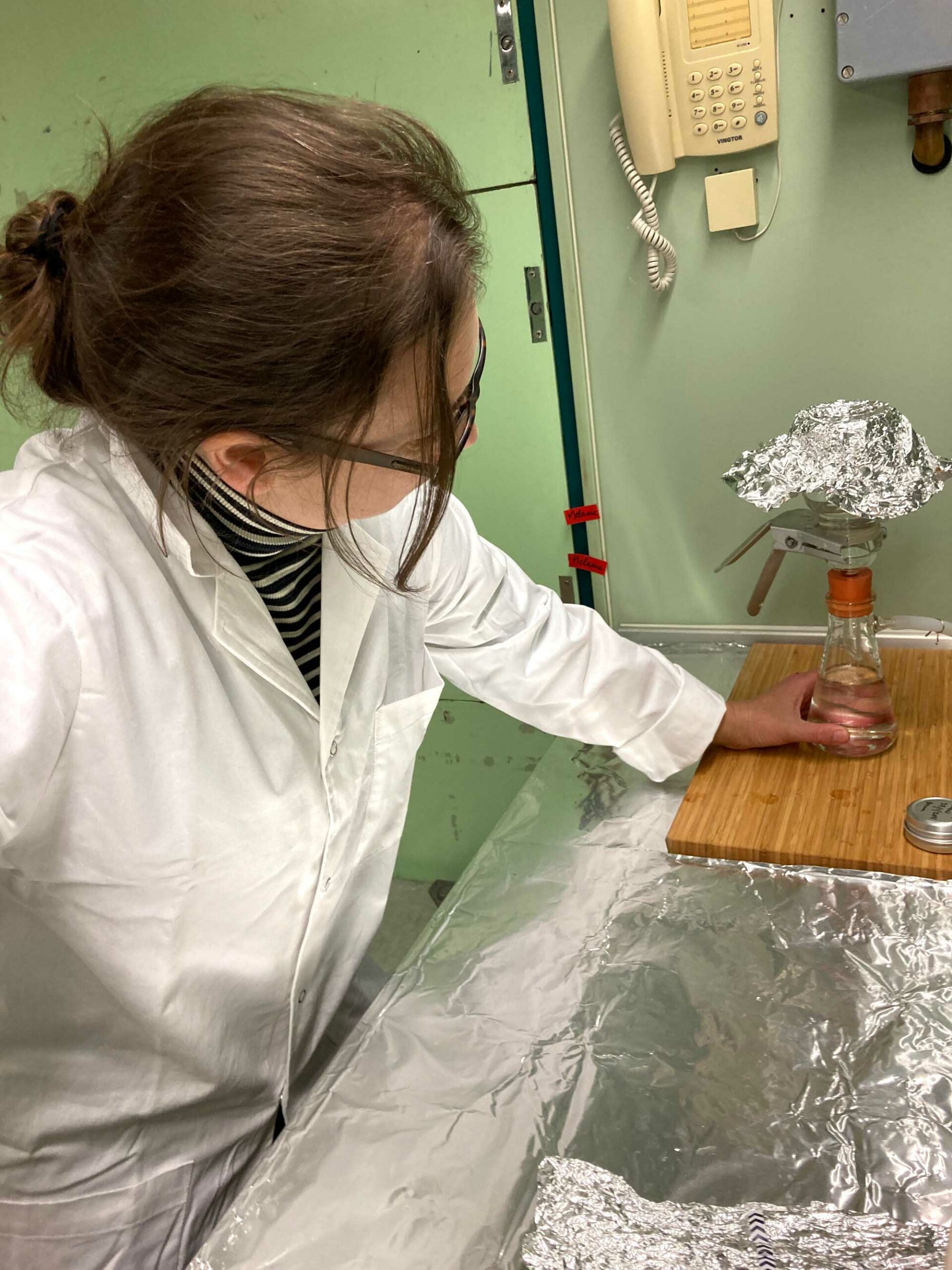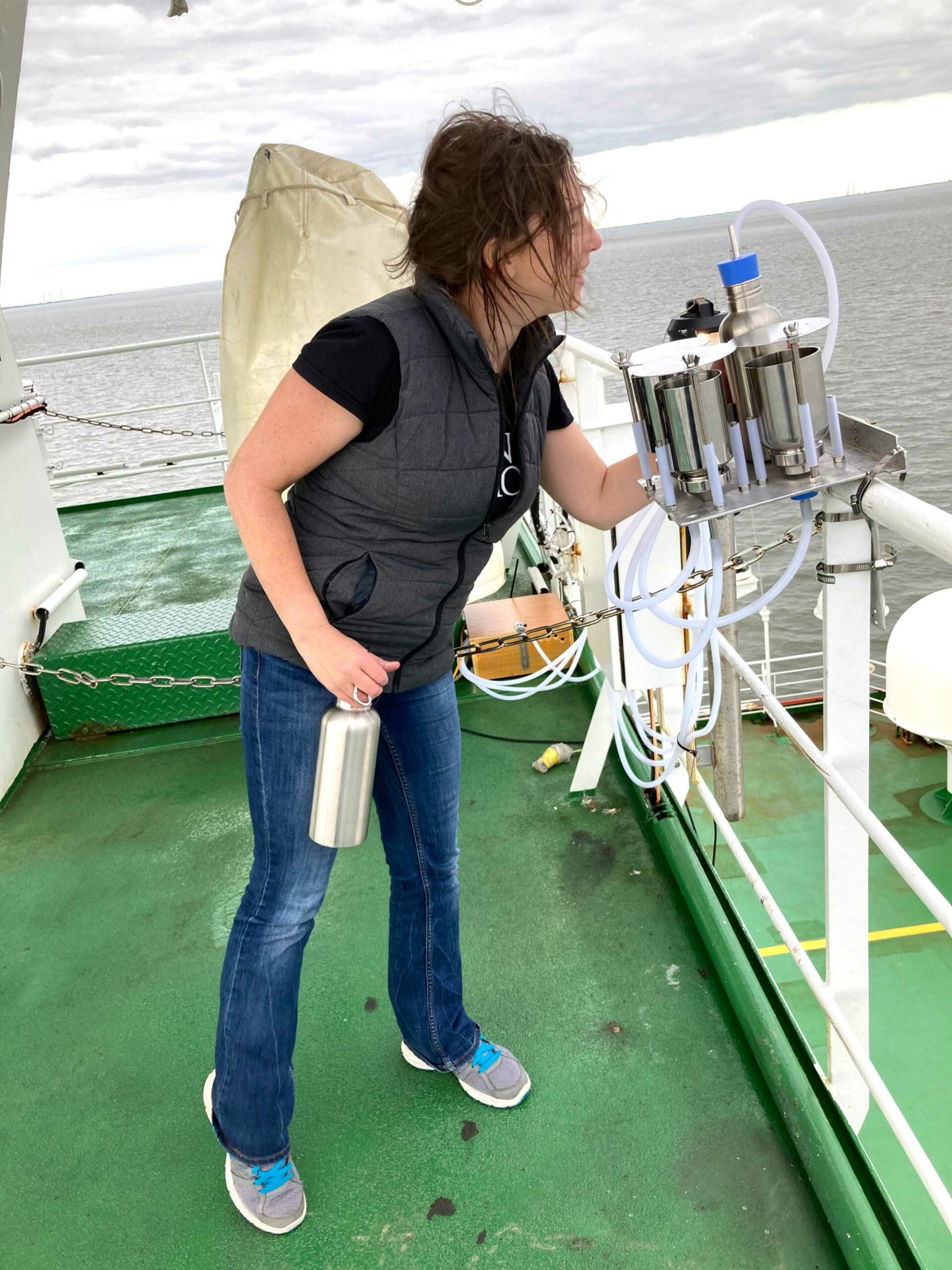Microplastics may significantly intensify global warming, according to a new study.
Scientists from different German research institutions – including the GEOMAR Helmholtz Centre for Ocean Research in Kiel – have found out that up to 25 million metric tons of microplastics are being transported thousands of miles all over the world by ocean air, snow, sea spray and fog each year.
Their new overview study reveals that wind can transport these particles great distances – and it has the ability to do so much faster than water can. Microplastics can travel from their point of origin to the most remote corners of the planet within days.
The team of 33 international researchers warn that this could affect the surface climate and the health of local ecosystems – when, for example, dark microplastic particles covering snow and ice reduce their ability to reflect sunlight and promote melting as a consequence.

The investigation also shows that microplastic particles can serve as condensation cores for water vapour. By this, they affect the formation of clouds and – in the long term – the climate.
The scientists warn that the level of plastic pollution could reach 80 million metric tons a year by 2040. They underline that plastic particles have been detected in all spheres of the environment such as water bodies, the soil and the air.
Travelling via ocean currents and rivers, the tiny plastic particles can even reach the Arctic, Antarctic or ocean depths.
Dr Melanie Bergmann researches on microplastics and marine litter at the Alfred Wegener Institute (AWI) in Bremerhaven and is a biologist and co-author of the study. She explained: “Air is a much more dynamic medium than water. As a result, micro-and nanoplastic can much more quickly penetrate those regions of our planet that are most remote and still largely untouched.
“We need to integrate micro- and nanoplastic in our measurements of air pollution, ideally on an international scale as part of global networks.”


Prof Dr Tim Butler, a research group leader at the Institute for Advanced Sustainability Studies (IASS) and a study co-author, said: “There are so many aspects of the emissions, transport and effects of microplastic in the atmosphere that we still don’t fully understand.”
“This publication reveals the gaps in our knowledge – and presents a roadmap for the future.”
Microplastics are fragments of any type of plastic less than five milimetres (0.20 inches) in length, according to the European Chemicals Agency and the U.S. National Oceanic and Atmospheric Administration.
They cause pollution by entering natural ecosystems from a variety of sources, including cosmetics, clothing, food packaging, and industrial processes.



To find out more about the author, editor or agency that supplied this story – please click below.
Story By: Thomas Hochwarter, Sub-Editor: Marija Stojkoska, Agency: Newsflash
The Ananova page is created by and dedicated to professional, independent freelance journalists. It is a place for us to showcase our work. When our news is sold to our media partners, we will include the link here.




